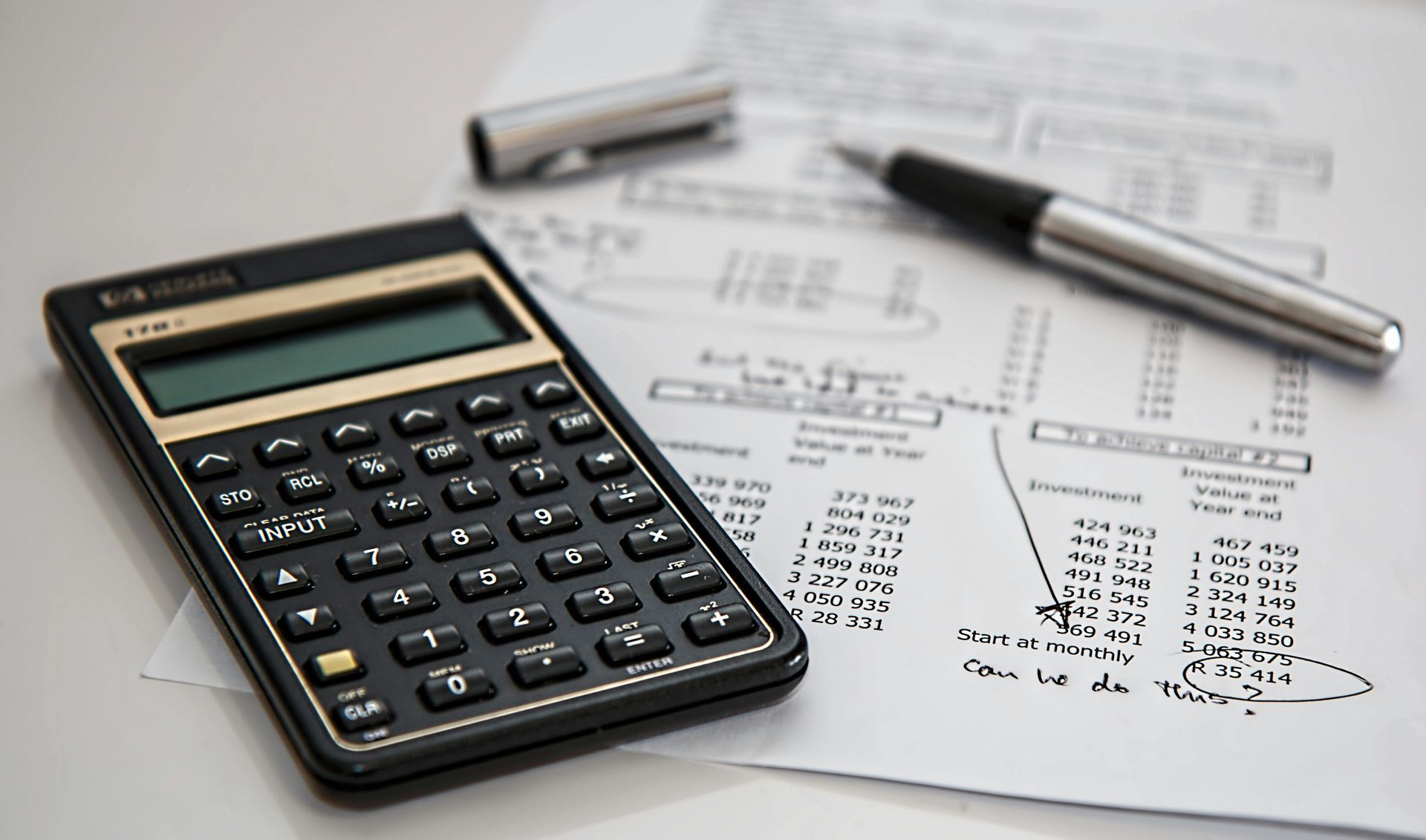The relationship between packaging and waste: How it affects your budget
Baraka • September 11, 2024
The relationship between packaging and waste: How it affects your budget
Introduction
In the business world, packaging plays an essential role in the protection and presentation of products. However, many companies do not consider the financial and environmental impact that packaging waste has on their budget. Have you ever wondered how many resources you could save with more efficient packaging design? In this article, we will explore how poor packaging management can lead to waste, directly affecting your costs.
The impact of packaging on business costs
Poorly designed or inefficient packaging can generate unnecessary expenses for your company. From additional costs in materials to products damaged due to a lack of adequate protection, waste is a reality that many businesses face without realizing it. For example, excessive packaging not only generates more waste but also increases transportation costs due to the greater volume.
Types of waste related to packaging
Physical waste of materials
This is the most visible type of waste. The use of materials that are not essential for product protection or that are not fully utilized increases costs without adding real value.
Excess packaging
Using more material than necessary, such as multiple layers of plastic or cardboard, is not only costly but also contributes to negative environmental impacts.
Damaged or defective packaging
When packaging fails to adequately protect products, items may become damaged, leading to additional losses due to replacement or return.

The role of materials in packaging waste
Non-recyclable vs recyclable materials
Non-recyclable materials, such as certain types of plastics, generate significant environmental impact and can also be more costly in the long run. On the other hand, using recyclable materials can help reduce waste and, in some cases, be more economical.
Innovations in packaging materials
Recent innovations have allowed for the development of lighter, more durable, and environmentally friendly materials, which can reduce long-term costs and decrease waste.
How poor packaging design generates waste
Oversized packaging
A packaging design that is not adapted to the actual size of the product not only generates material waste but also increases storage and transportation costs.
Lack of adaptability for different products
A rigid packaging design that does not adapt to different shapes or sizes of products can result in additional waste, as each product requires specific packaging.
Environmental impact of packaging waste
Packaging waste not only affects a company’s finances but also has a significant environmental impact. Excessive material usage and lack of recycling contribute to the accumulation of solid waste and pollution.
Pollution and solid waste
Non-biodegradable packaging can take hundreds of years to decompose, exacerbating global waste management problems.
Carbon footprint and transportation
Oversized packaging requires more space during transportation, which increases carbon emissions and logistics costs.
Solutions to reduce packaging waste
One of the most effective ways to reduce waste is by redesigning the packaging. Adopting a modular approach and using sustainable materials can positively impact both the budget and the environment.
Optimized design and modularity
A design that adapts to different products and minimizes the use of unnecessary materials is key to reducing costs.
Sustainable and reusable materials
The use of recycled or reusable materials not only reduces waste but also improves the brand image in the eyes of consumers.
Smart packaging as a solution
What is smart packaging?
Smart packaging incorporates technology to monitor product conditions, extend its shelf life, and reduce waste. This type of packaging is especially useful for perishable goods.
Benefits for reducing waste
Smart packaging can optimize the supply chain by reducing product spoilage and providing valuable data on its condition, reducing the need for replacements or returns.
Success stories: Companies that have reduced packaging waste
Several companies have adopted innovative measures to reduce waste in their packaging. These measures have not only improved their operational efficiency but also reduced costs and environmental impact.
The relationship between packaging waste and customer experience
Poor packaging can generate a negative perception among customers. On the other hand, efficient and attractive packaging can enhance the customer experience, strengthening brand loyalty.
Packaging and reverse logistics
Recovery and reuse of packaging
Companies can encourage customers to return packaging for reuse, which reduces waste and costs in the long run.
Incentives for packaging returns
Offering discounts or loyalty programs to customers who return packaging can be an effective strategy to reduce waste.
The role of technology in packaging optimization
Software for efficient packaging design
The use of advanced software allows companies to optimize the size and materials of their packaging, thereby reducing waste.
Automation and custom production
Automation in packaging production allows the size of the packaging to be adapted to the specific needs of each product, minimizing the use of unnecessary materials.
Financial benefits of efficient packaging
A good packaging design not only reduces production costs but also decreases transportation and storage costs, resulting in higher profitability.
Steps to implement packaging design improvements
Packaging audit
The first step to improving packaging design is to conduct a thorough audit to identify areas for improvement and reduce waste.
Strategies to minimize waste
Implementing material reduction strategies, adopting reusable packaging, and optimizing production processes are effective ways to reduce waste and improve efficiency.
Conclusion
Efficient packaging design not only has a positive impact on the environment but can also be a key tool for improving a company’s profitability. Adopting a more sustainable approach to packaging design can reduce costs, minimize waste, and enhance the customer experience.
How can I reduce packaging waste in my company?
Start by auditing your current packaging and look for opportunities to reduce the materials used. Opt for recyclable and reusable materials.
What packaging materials are more sustainable?
Recyclable materials, such as cardboard and certain plastics, are sustainable options. Additionally, biodegradable packaging is becoming an increasingly popular alternative.
How does packaging affect transportation costs?
Oversized packaging takes up more space and increases weight, leading to higher transportation and storage costs.
What is smart packaging?
Smart packaging uses technology to monitor product conditions, extend shelf life, and reduce waste.
How does packaging influence customer perception?
Attractive and efficient packaging can enhance customer perception and strengthen their loyalty to the brand.



